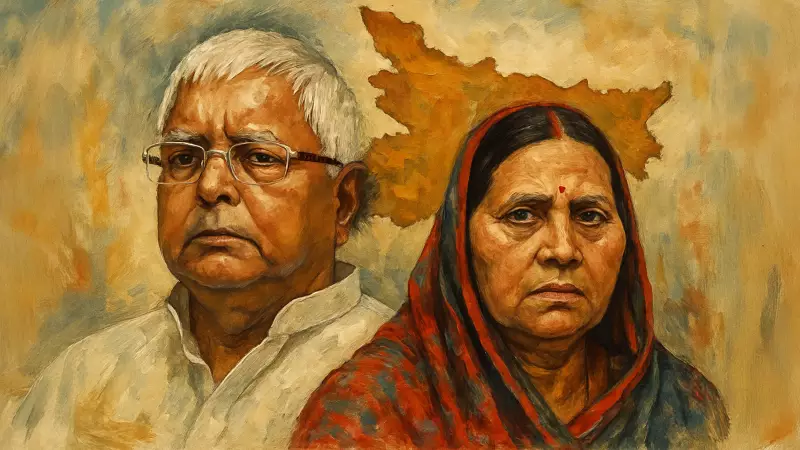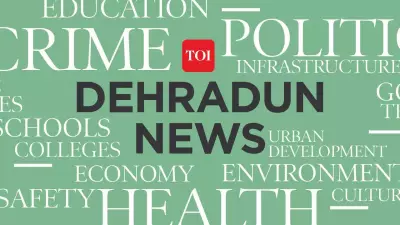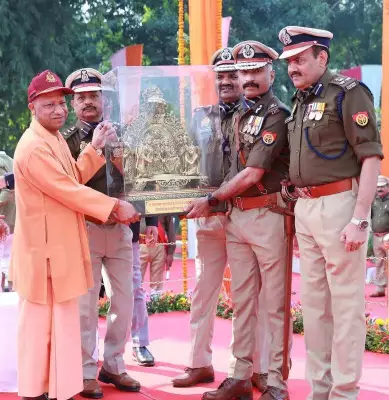
Startling data analysis reveals that Bihar witnessed its most significant developmental decline during the 15-year tenure of Lalu Prasad Yadav and Rabri Devi, with the state slipping on virtually every economic and social parameter.
The Lost Decade-and-a-Half
Between 1990 and 2005, when the Rashtriya Janata Dal (RJD) helmed the state government, Bihar's progress trajectory took a dramatic nosedive. Economic indicators show the state fell behind national averages in critical areas including per capita income, industrial growth, and employment generation.
By the Numbers: A Disturbing Picture
The statistical evidence paints a grim portrait of Bihar's condition during this period:
- Poverty rates remained stubbornly high while other states showed improvement
- Industrial development virtually stagnated with minimal private investment
- Employment opportunities dwindled, forcing mass migration to other states
- Infrastructure development lagged significantly behind national standards
- Social indicators including education and healthcare showed minimal improvement
The Comparative Context
What makes this data particularly alarming is how Bihar's decline occurred while other historically backward states began showing signs of economic revival. The "Bihar model" of governance became a case study in developmental stagnation, with the state failing to capitalize on economic reforms that benefited other regions.
The Legacy and The Recovery
Political analysts note that the development deficit created during this period has had long-lasting effects. The subsequent administrations, particularly under Nitish Kumar, faced the enormous challenge of rebuilding Bihar's institutional capacity and restoring investor confidence.
The data serves as a crucial reminder of how governance quality directly impacts developmental outcomes, with Bihar's experience offering important lessons for policy makers across India.





